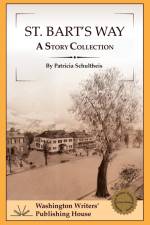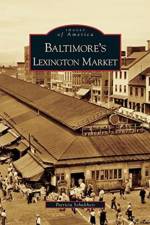von Patricia Schultheis
24,00 €
St. Bart's Way is a fictional street developed after the First World War when streetcar lines were extended to Baltimore's leafy outer reaches. From its founding, the community surrounding St. Bart's Way accommodated doctors, lawyers, and bankers who wanted homes conveying a sense of comfort and refinement. But, above all, these people wanted homes standing for permanence and for lives lived to right purpose. Today, the well-built homes of St. Bart's Way, with their architectural elements of a bygone era and promise of stability, continue to attract families seeking sanctuary from an increasingly chaotic world.But at the root of St. Bart's Way is falsehood: the community bordering the streetcar line was built on illegally obtained land, and the stories stemming from that perfidious act form an exploration of values. In one way or another, all the characters come to question the commitments they have made, the prices they have paid, and the lies they have told to others and to themselves. They also come to find that nothing can shelter them from the consequences of their choices. In that sense, these stories are linked thematically.The first story, "The Haint," relates how the property for St. Bart's Way was obtained and how the reverberation of that illegality haunts the neighborhood today. Other stories explore the consequence of love, fulfilled or not; the inescapable pull of history; the fickle nature of memory; and the gift of comfort from unexpected sources. These stories were not originally conceived of as a collection; rather, over the course of several years, ideas having the tincture of something lost, miscalculated or unfulfilled presented themselves and it seemed best to have the characters exploring these questions undertake that process of self-evaluation in front of a backdrop throwing these issues into sharp relief. Some of these stories transpire in a single day; others, over several decades, but, in each, characters weigh the outcome of their choices against the false promise of permanence and stability suggested by the stolid homes of St. Bart's Way.


